Speaking with CAND Newspaper reporters, Lieutenant Colonel Pham Van Chien (Captain of Traffic Police Team No. 6) said that recently, there have been a number of traffic accidents involving commercial transport vehicles, the cause of which, according to authorities, was related to drivers using cell phones while driving, not paying attention, or stopping vehicles on the highway without placing warning signs...
Therefore, the unit has increased the number of personnel, arranged many working groups to continuously check the above subjects, "check var" the journey monitoring device, collect images of the driver and quickly measure the alcohol concentration and perform quick drug tests on the drivers.
Working group of Traffic Police Team No. 6 on duty on the evening of July 10.
At the traffic police checkpoint, the inspection process is strictly followed. The driver is stopped by the traffic police to check the documents related to the driver and the vehicle, then tested for alcohol and drug levels and the journey monitoring device and camera to collect images of the driver.
Through the journey monitoring device, the traffic police will know the departure time, the route and the continuous driving time of the driver. The camera that collects images of the driver will check whether the driver is using the phone while driving or not, how to stop and pick up and drop off passengers. These are considered "non-lie" devices because they display full parameters such as: time, coordinates, route; at the same time, fully record images and clips of the driver.
The working group continuously stops passenger buses, trucks, and containers moving on the route to conduct inspections according to regulations.
The initial check, in addition to the required documents, will measure the alcohol concentration of all drivers qualitatively. If a violation is detected, a quantitative test will be conducted to determine specific violation parameters.
Police conduct rapid drug tests on drivers at checkpoints.
No cases tested positive for drugs.
According to the CAND Newspaper reporter and the working group of Traffic Police Team No. 6, by nearly midnight, there were about 20 cases of passenger cars, trucks, and containers stopped for inspection by the authorities. Thereby, a number of violations were detected and recorded by the journey monitoring camera system.
A typical case is the passenger bus with license plate number 26F-002.XX driven by driver LVC (born in 1984). Through the device recording the driver's image, the police discovered that the driver had stopped the car in the wrong place to pick up passengers. Initially, the LVC driver was surprised when the traffic police reported the violation, but after reviewing the clear image with the time and coordinates of the violation, the driver was "convinced".
The traffic police team drew up a ticket to fine driver C. for stopping and parking to pick up and drop off passengers in violation of regulations with a fine of 1.5 million VND and a deduction of 2 points from his driver's license.
The traffic police team checked the surveillance camera on the passenger bus 26F-002.XX and discovered the violation.
Surveillance camera data, in addition to images, also accurately locates the location where the driver committed the violation.
The working group of Traffic Police Team No. 6 drew up a record to fine the driver.
The next case is a sleeper bus on the Hai Phong – Dien Bien route with license plate number: 77F-001.XX. Upon inspection, the police discovered that the dash cam had been deliberately turned to another position, so it could not record data about the driver during the entire journey.
Reporting to the traffic police, driver MVQ (born in 1982, residing in Dien Bien) said that because he often ate and drank in the car, he was reminded by the owner. To avoid being monitored by the owner, driver Q. and his assistant turned the camera upside down to the ceiling. This violated the law: "Driving a vehicle carrying more than 8 people with a camera installed but not working or having no data from the camera".
Police checked the surveillance camera on bus 26F-002.XX, thereby discovering the violation.
The driver arbitrarily adjusted the camera to point to another position.
The trip data clearly showed the violation, so driver Q. could only scratch his head and smile awkwardly, admitting his mistake.
The working group of Traffic Police Team No. 6 drew up records to penalize violations.
Lieutenant Colonel Pham Van Chien said that according to regulations, vehicles operating in the transport business are required to install journey monitoring devices with integrated surveillance cameras and driver surveillance cameras. Image data is provided to the police and licensing agencies to control driver activities, prevent and handle overloaded vehicles, overcrowding, and driving on the wrong route or route. This is an important solution, bringing "double" benefits to help manage, prevent and handle violations more promptly. In fact, it is very effective because all violations have full images and videos , time and location, so drivers are "convinced".
During the process of working with drivers, the working group of Traffic Police Team No. 6 also disseminated information on how to stop, park and set up warning signs when the vehicle has an accident. At the same time, reflective stickers were placed on the back of the vehicle for drivers.
Traffic police stick reflective stickers on the back of the bus.
Drivers also proactively support traffic police in applying safety reflectors to the rear of their vehicles.
Source: https://cand.com.vn/Giao-thong/tai-xe-gai-dau-cuoi-nguong-khi-csgt-check-camera-hanh-trinh-soi-vi-pham-i774414/


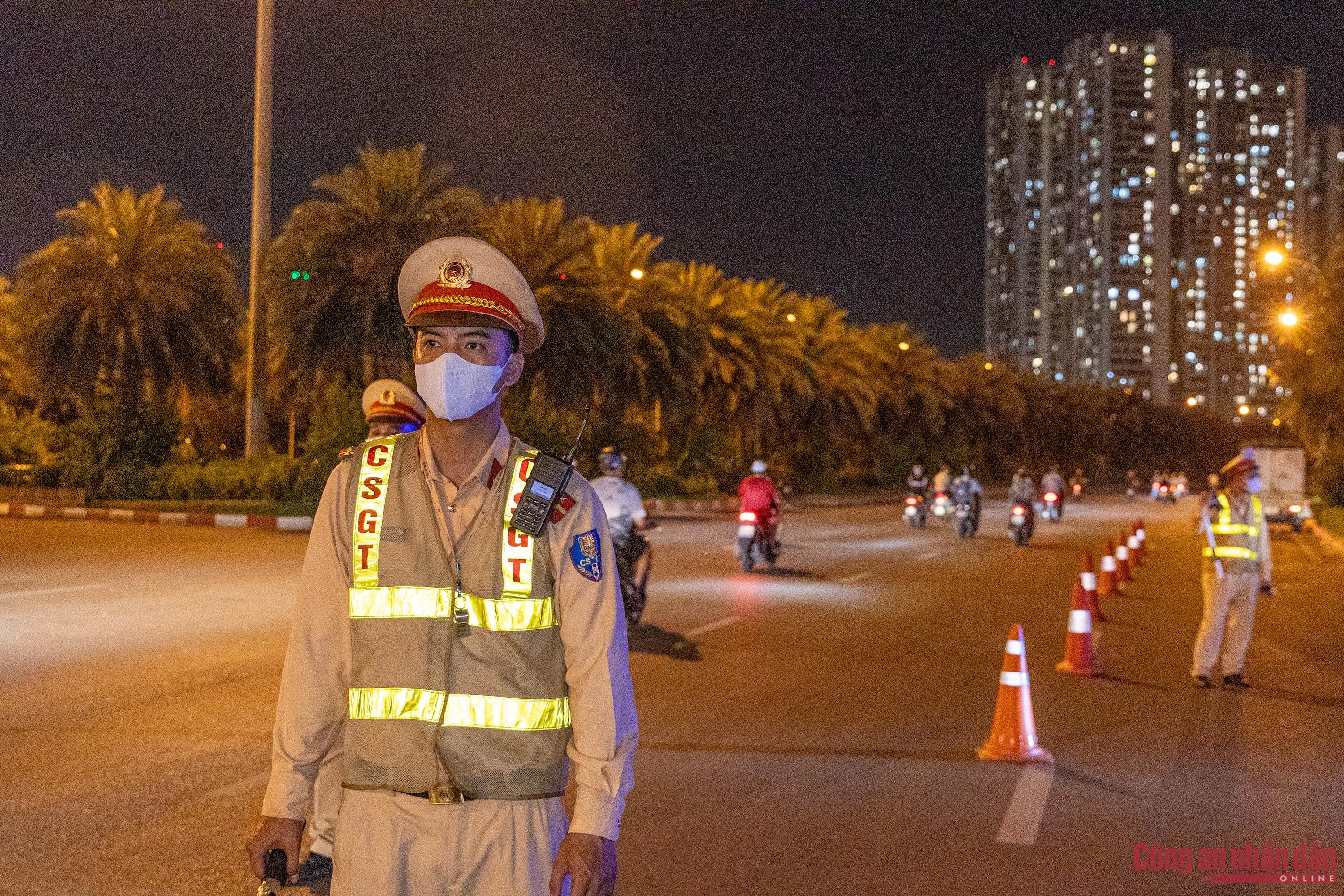
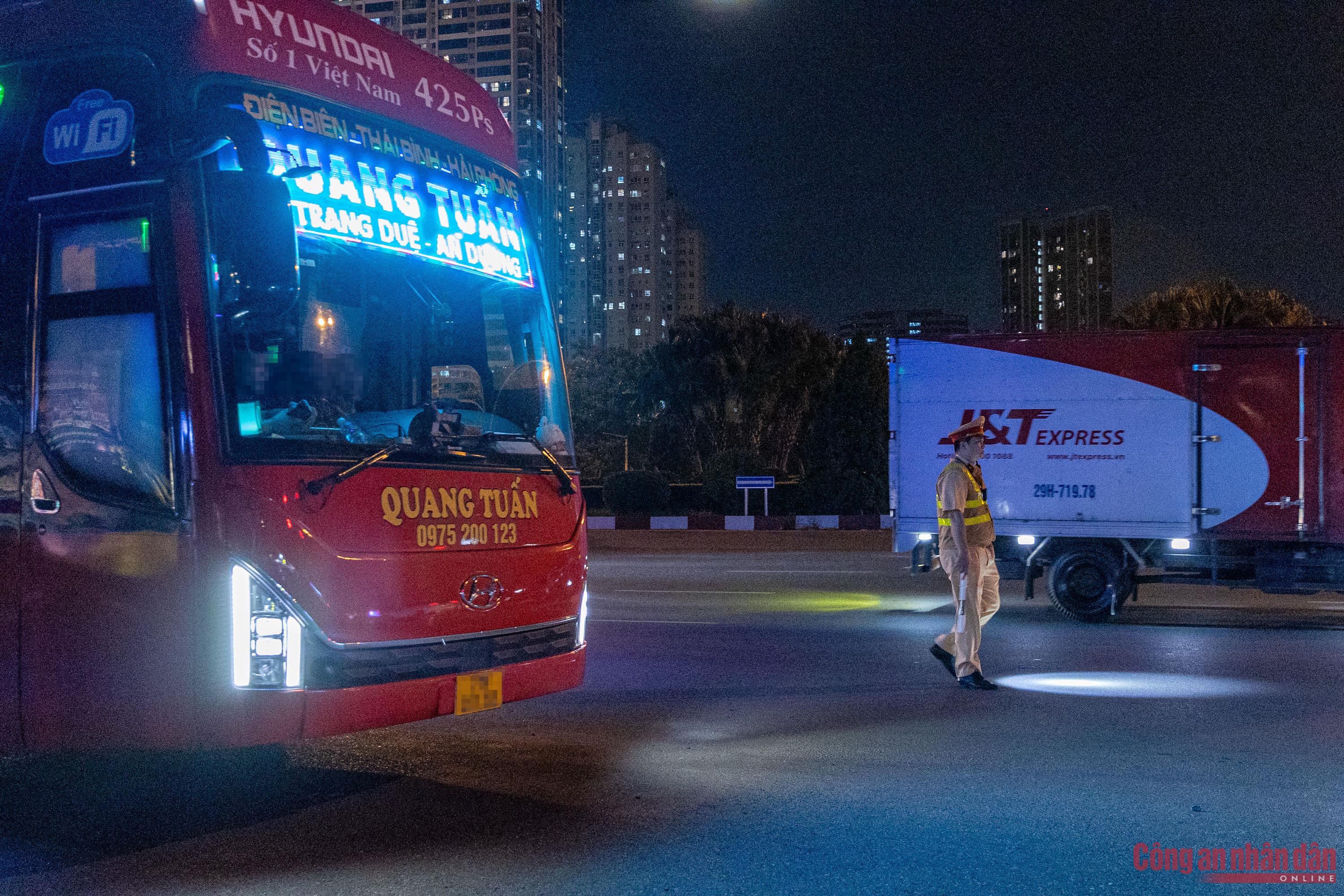
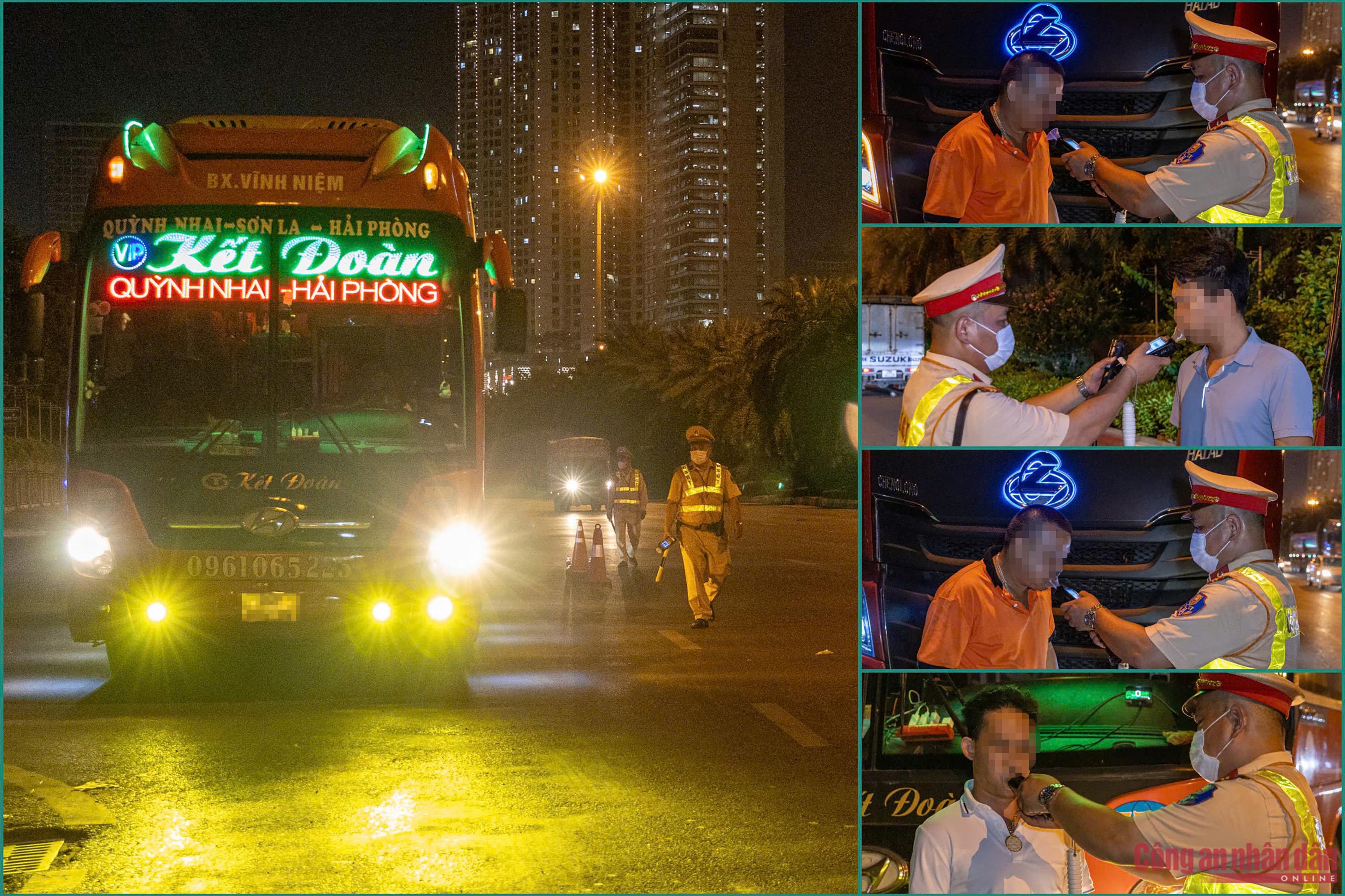
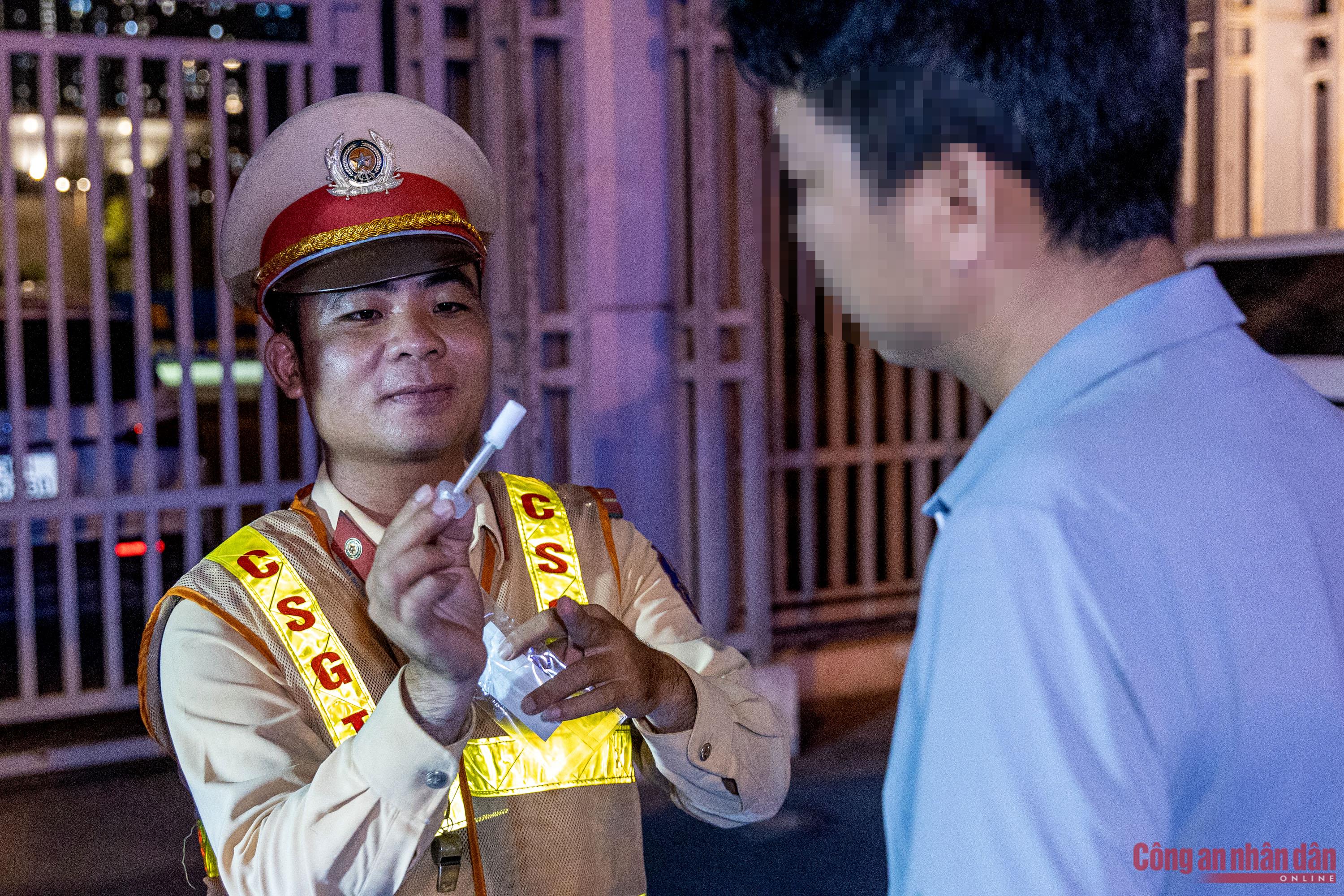
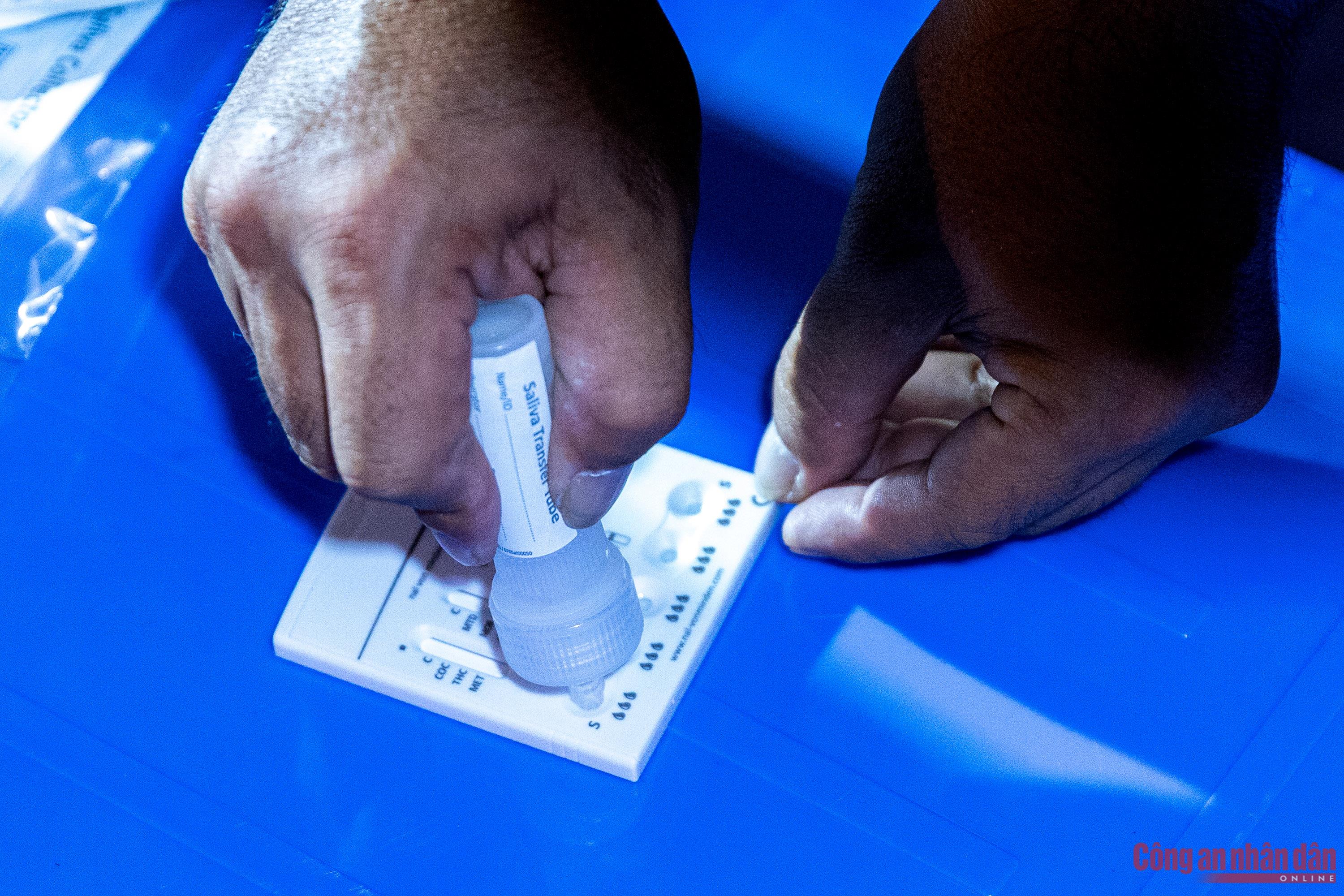
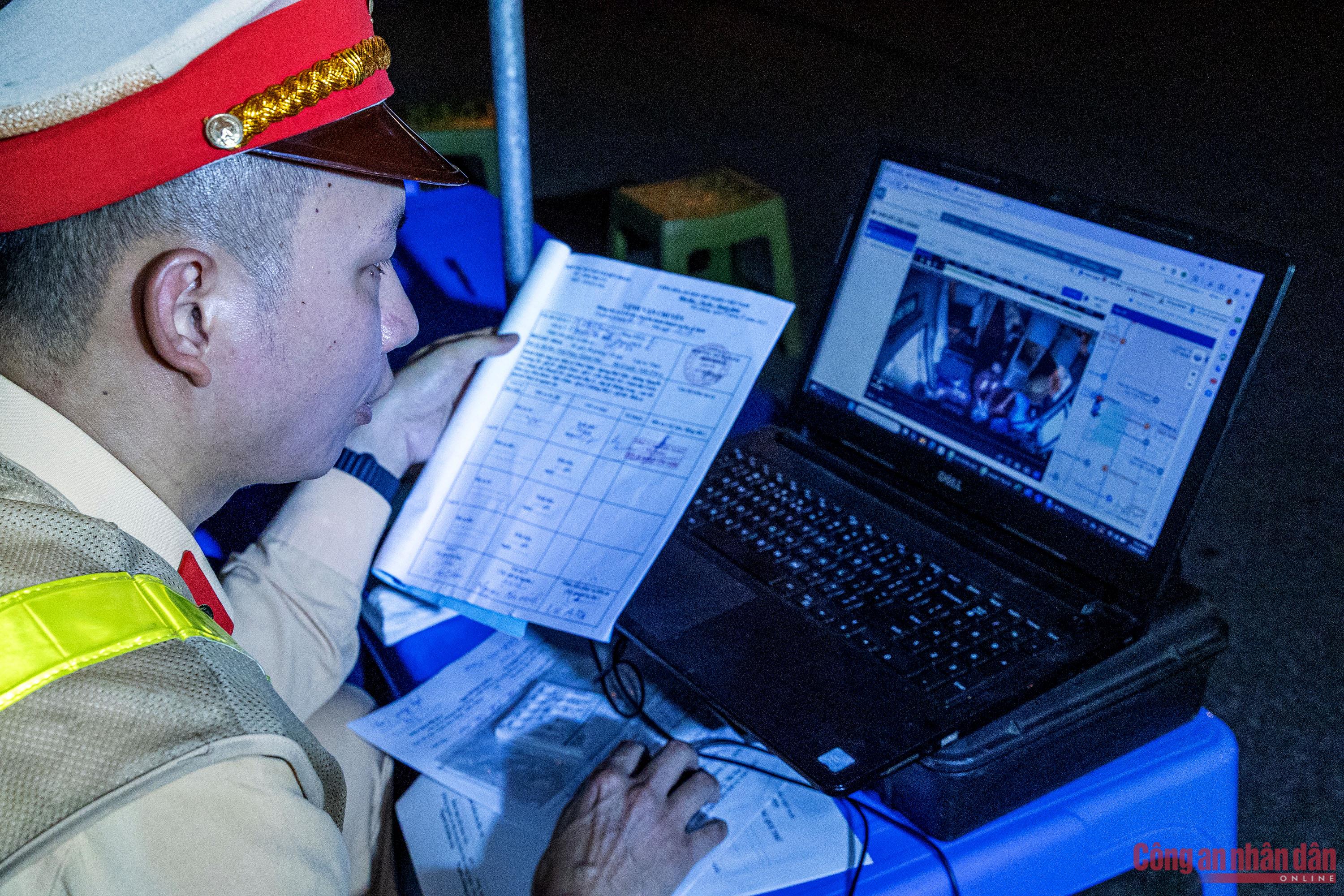
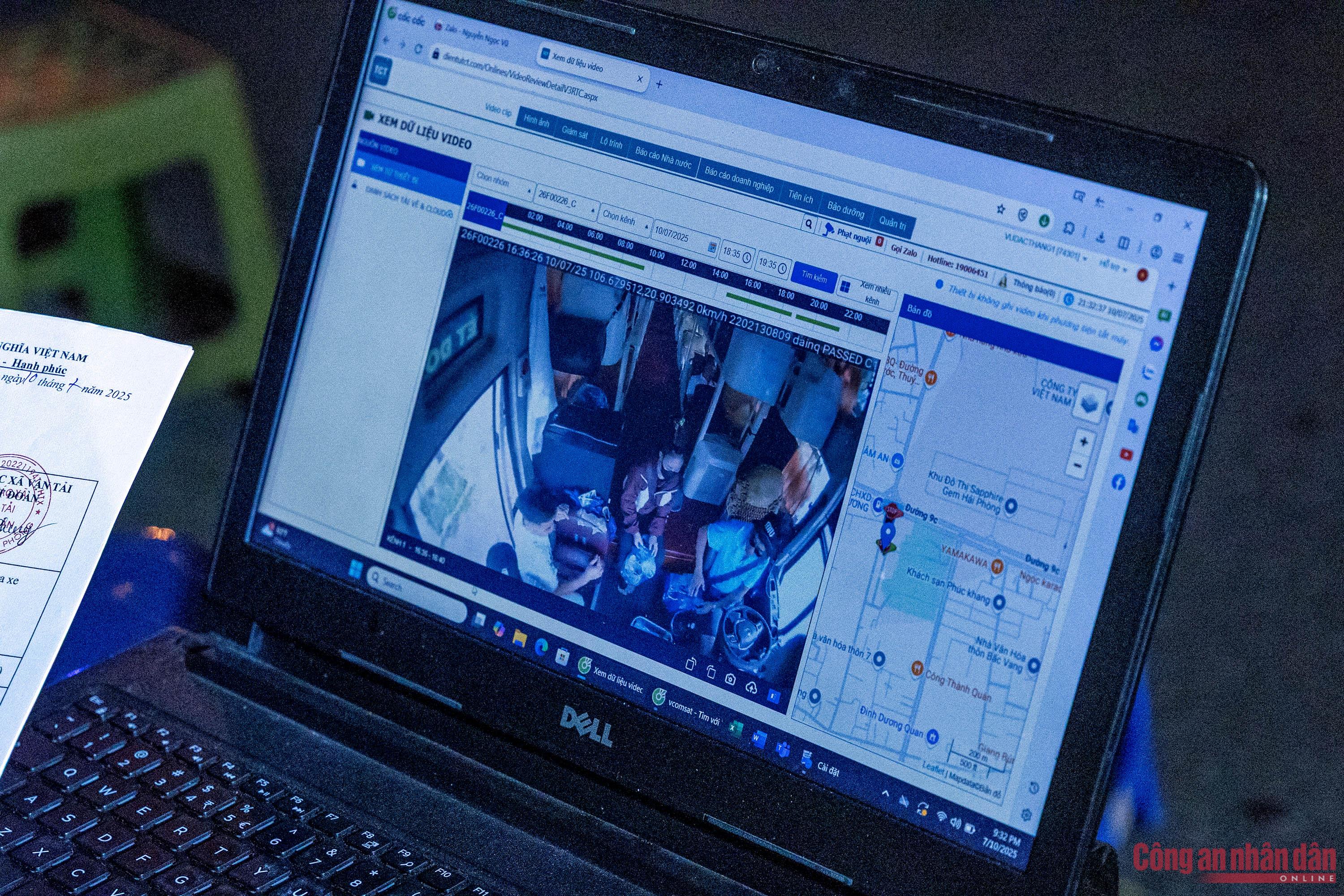
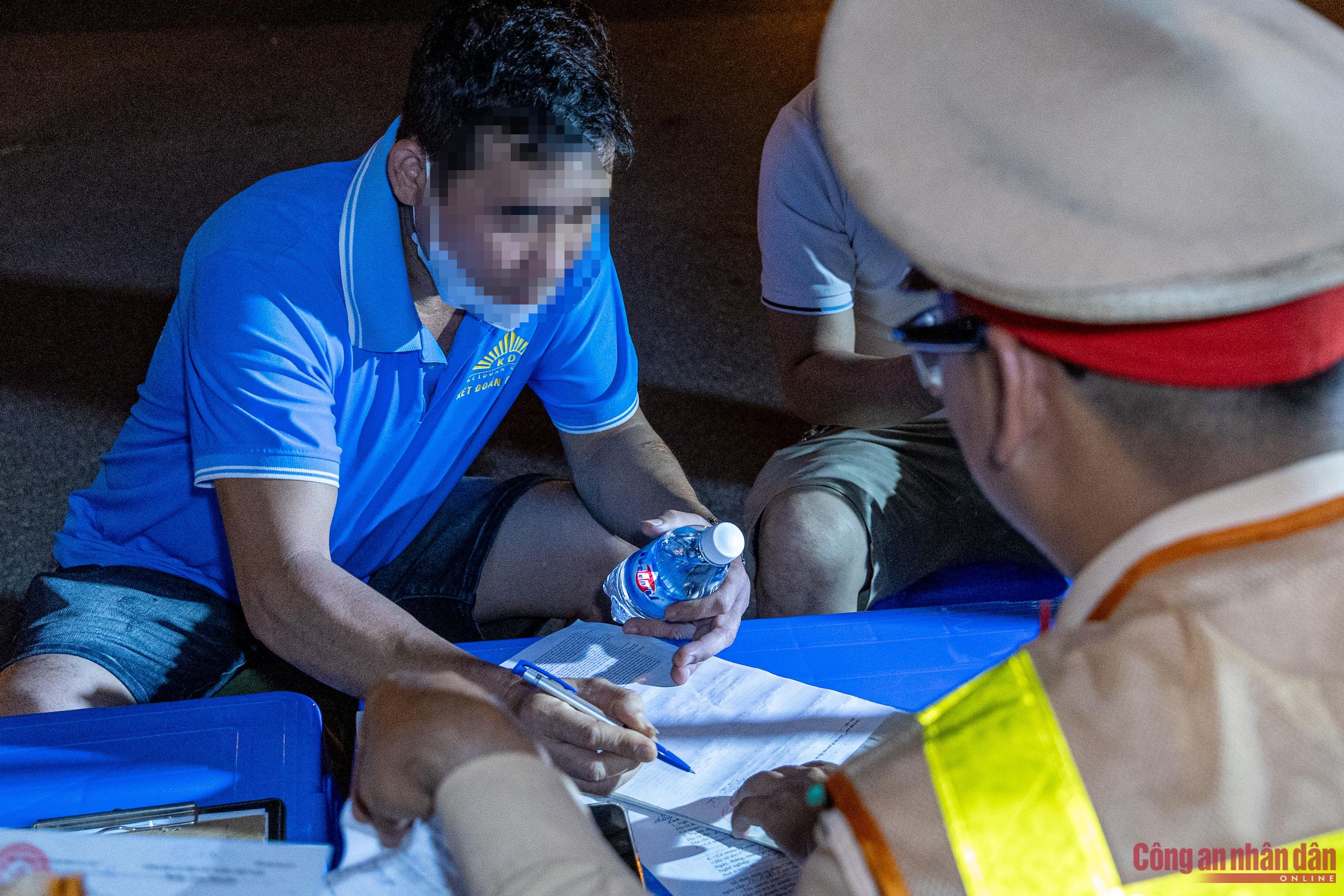
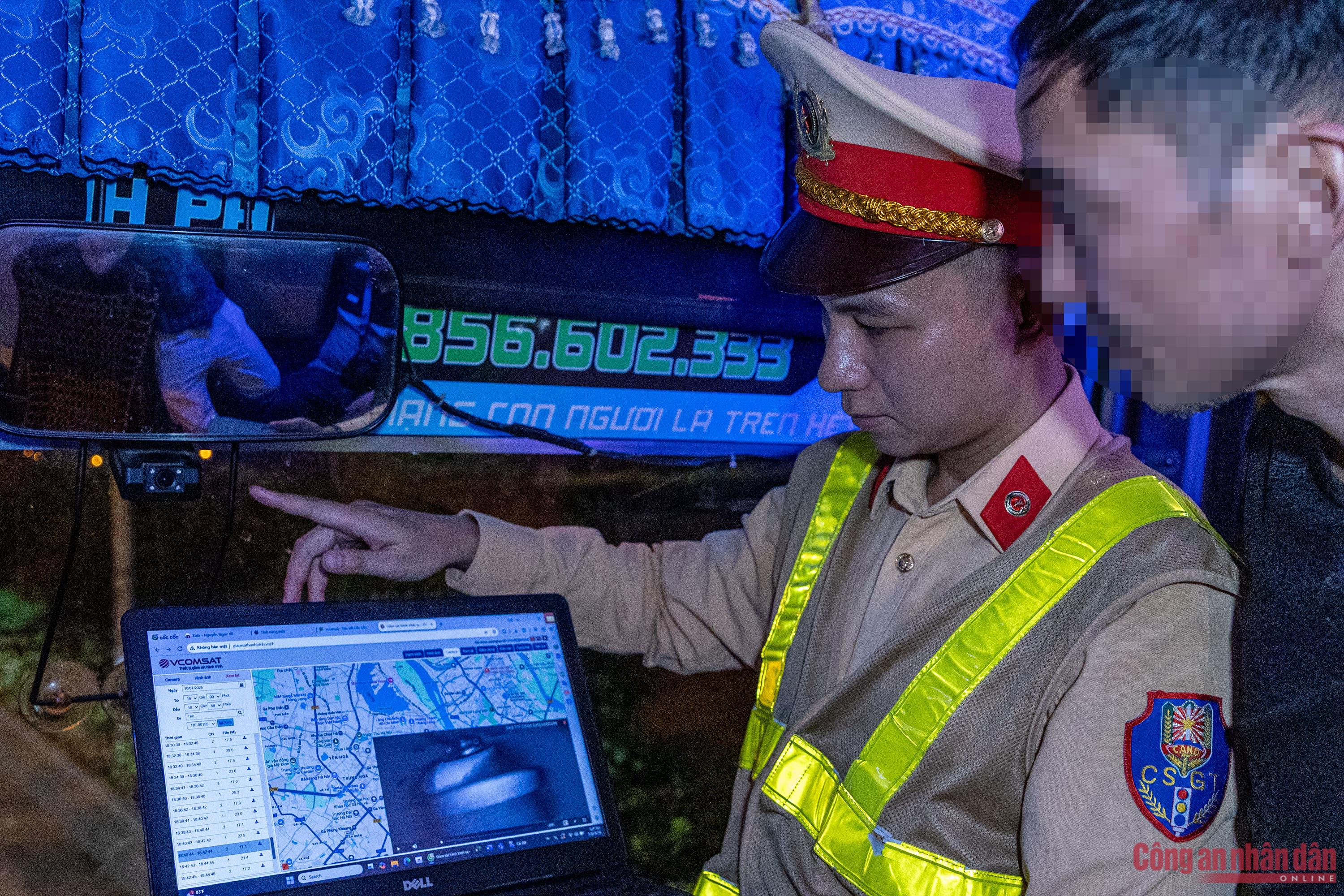
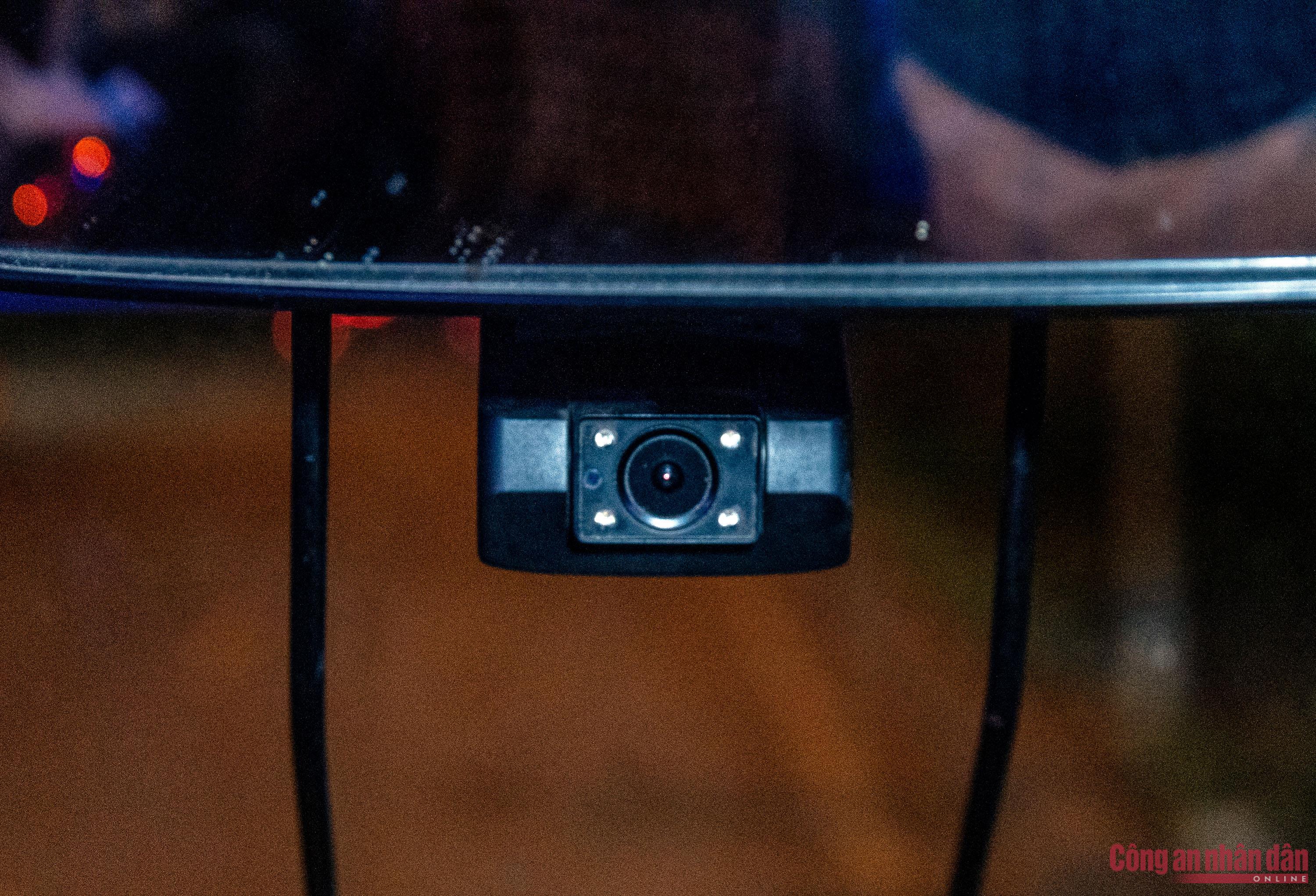
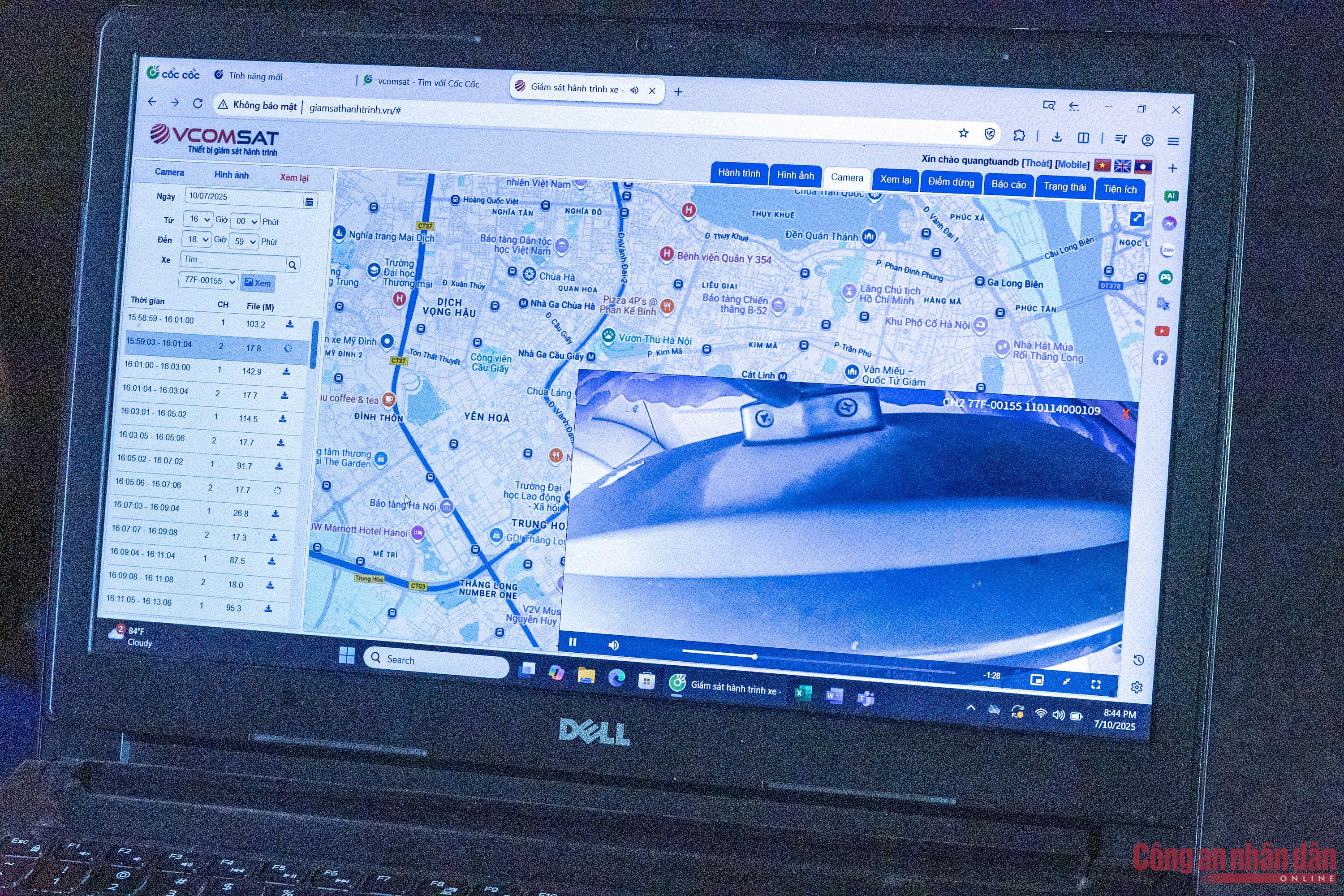

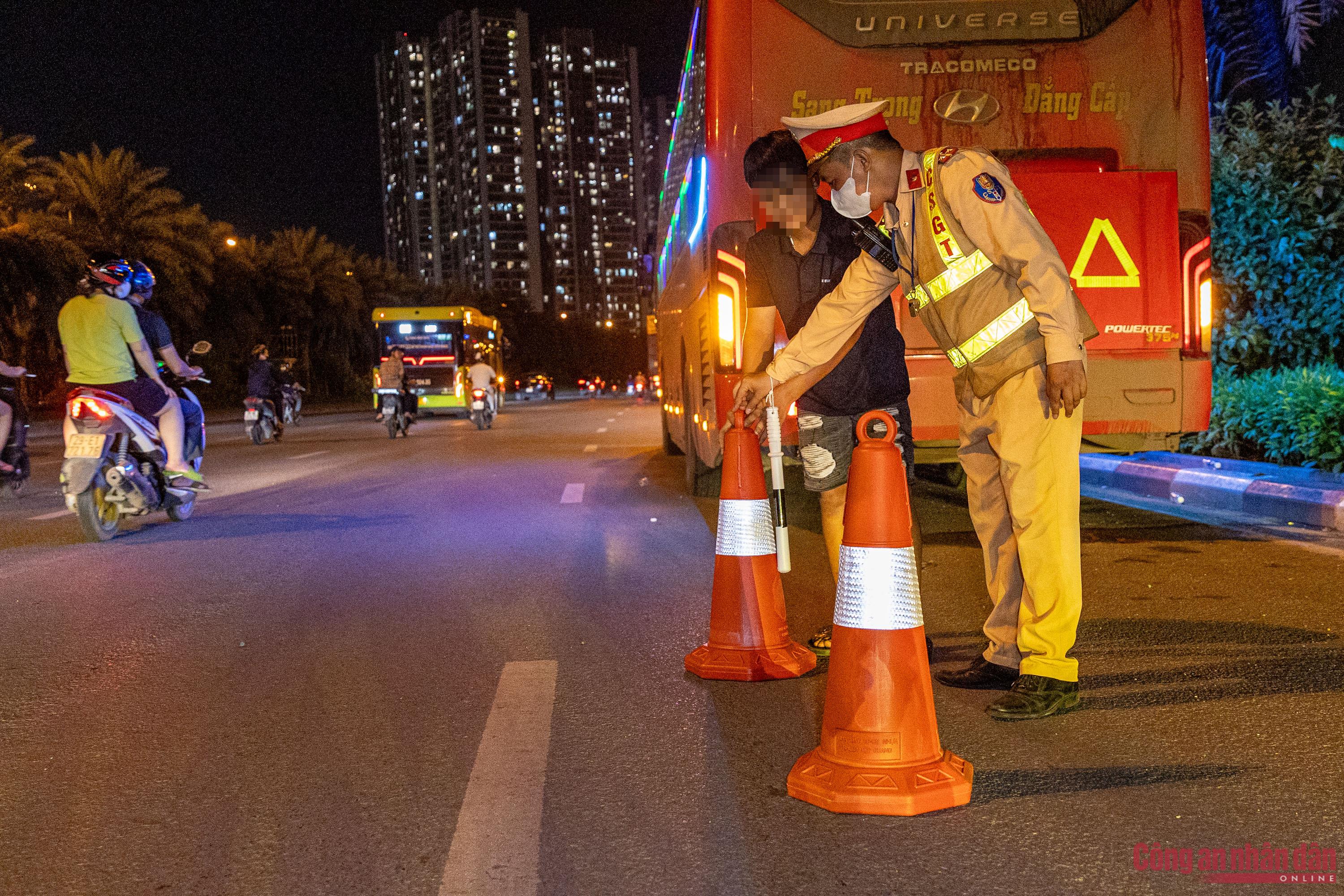
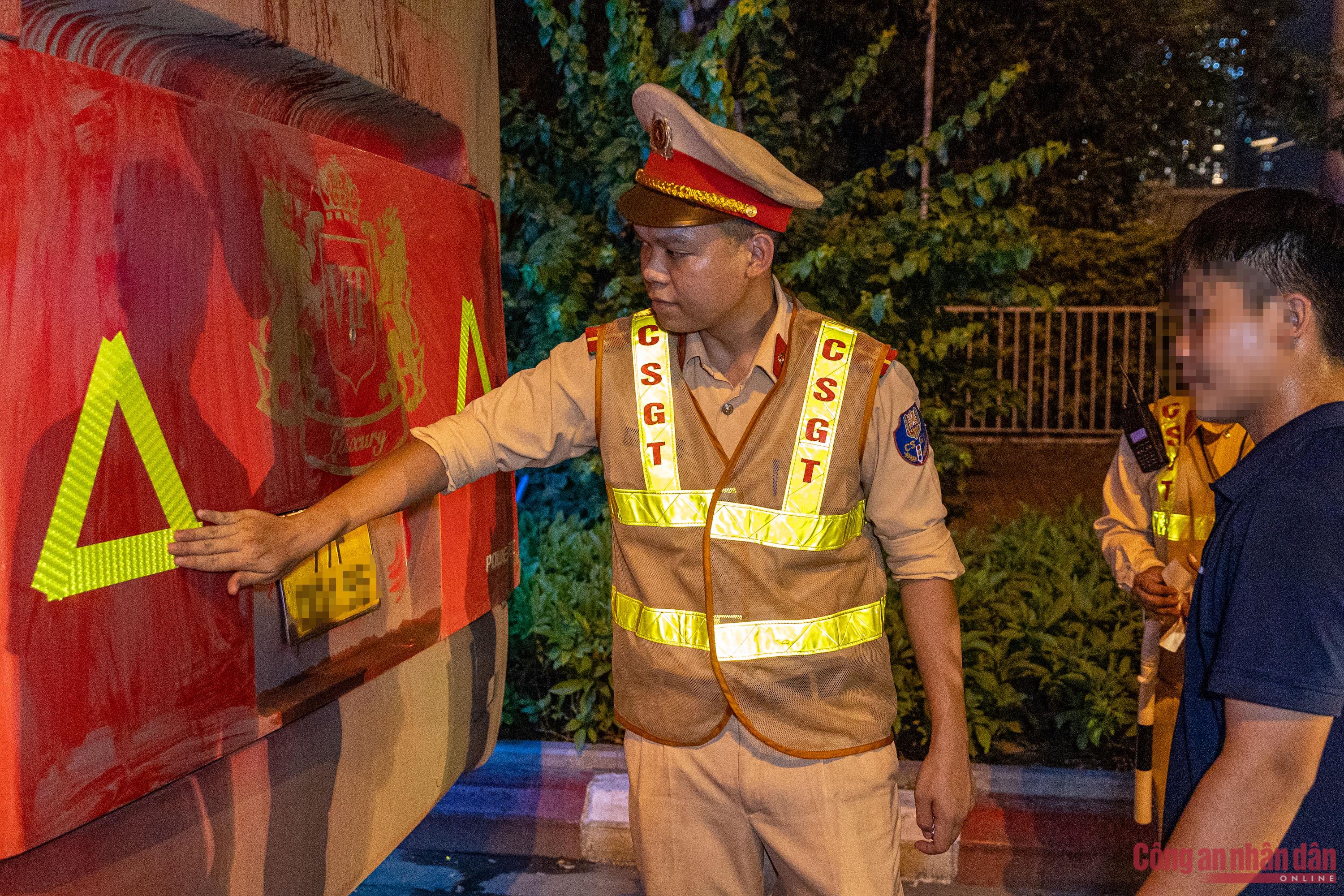
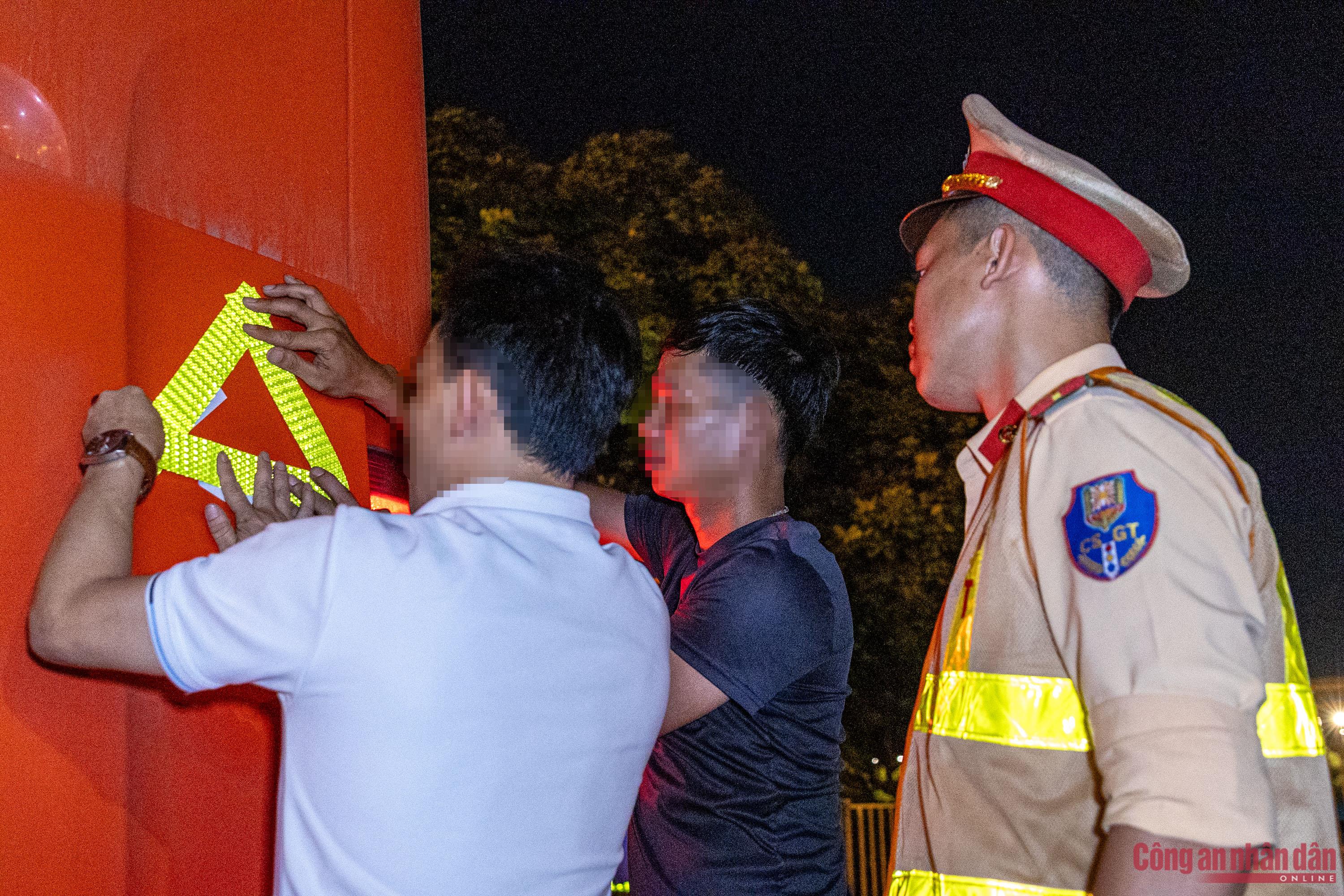

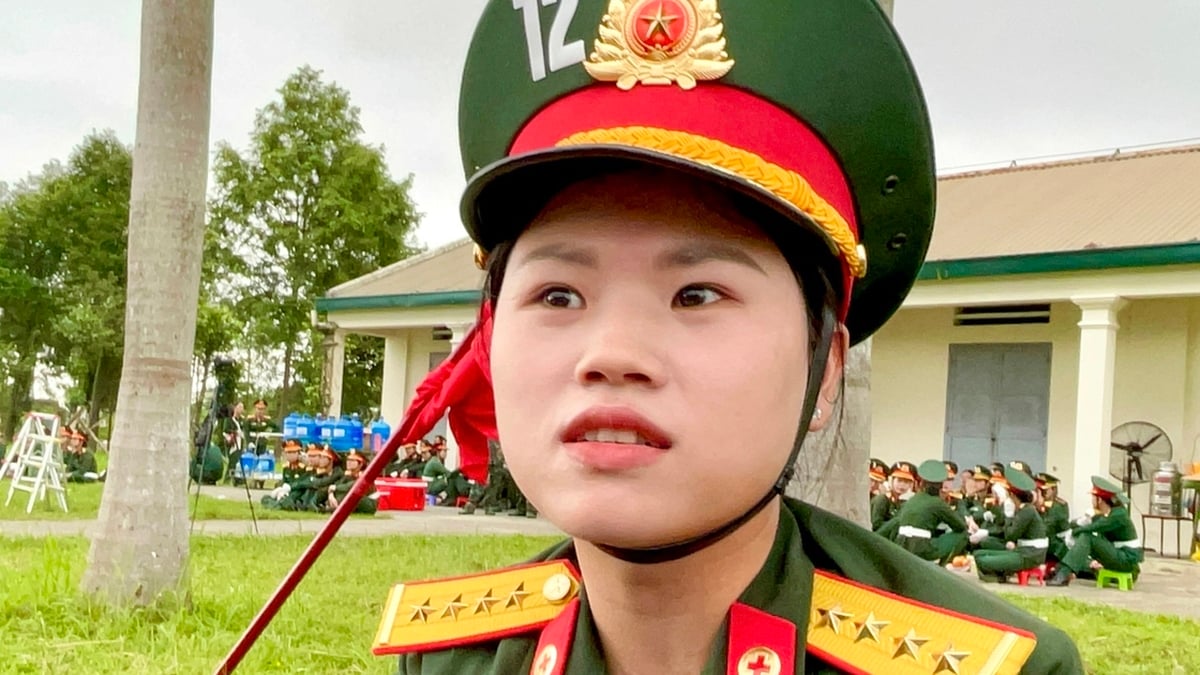
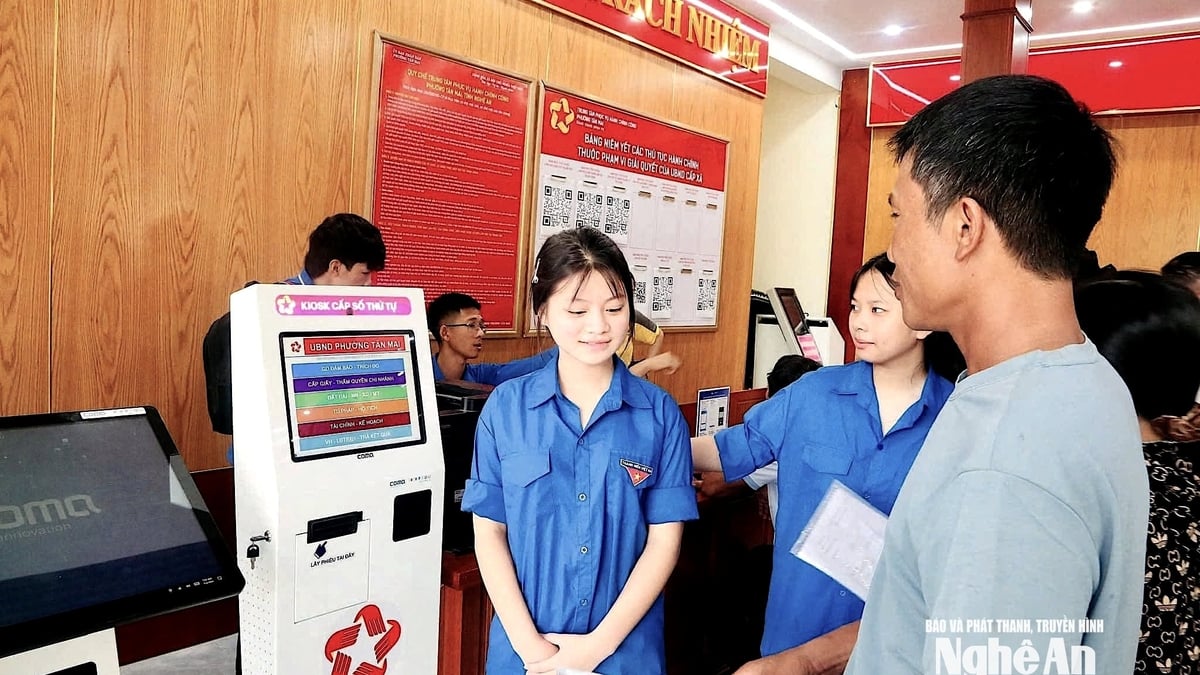

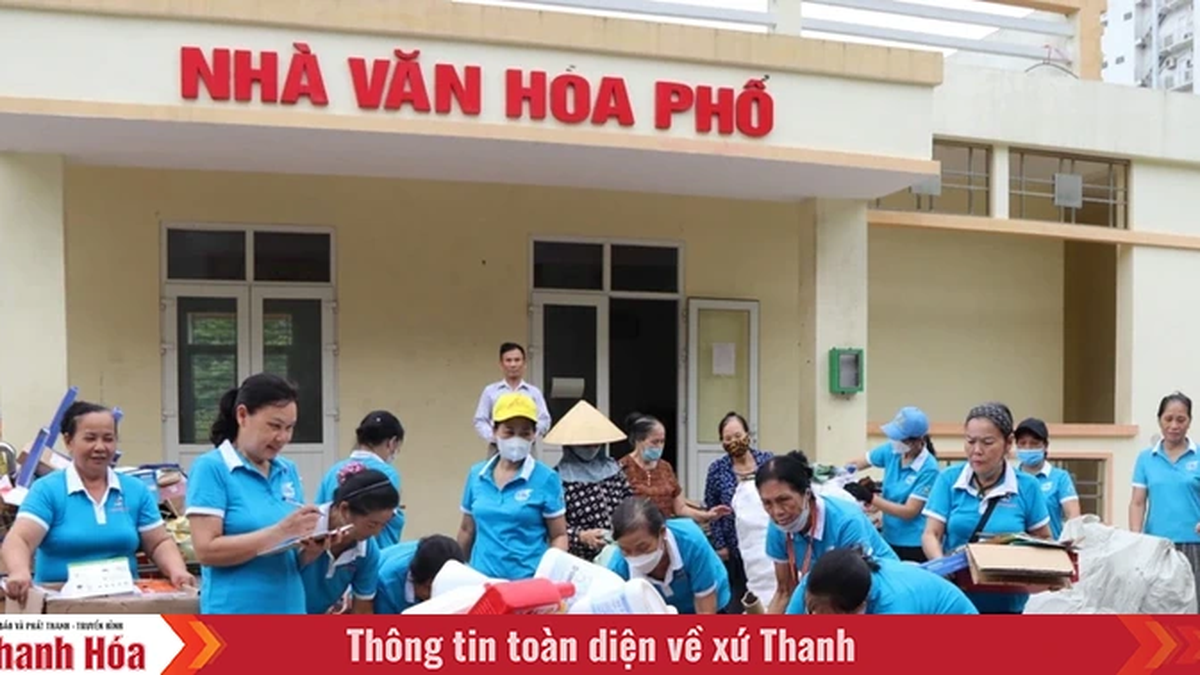

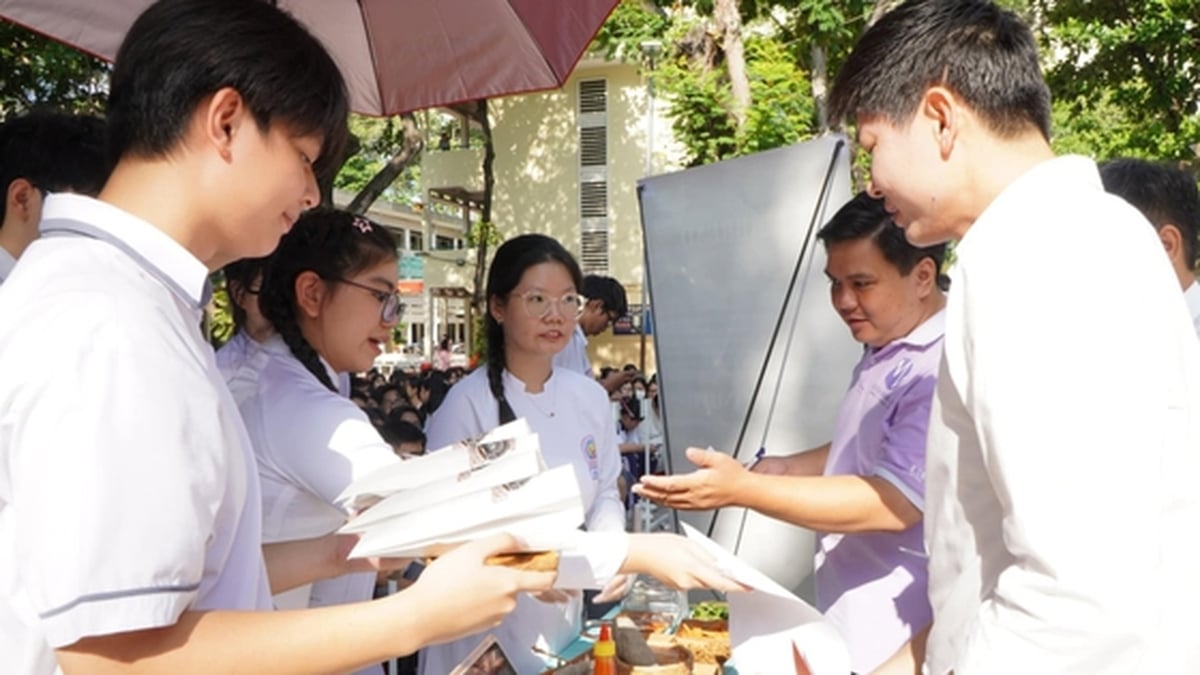
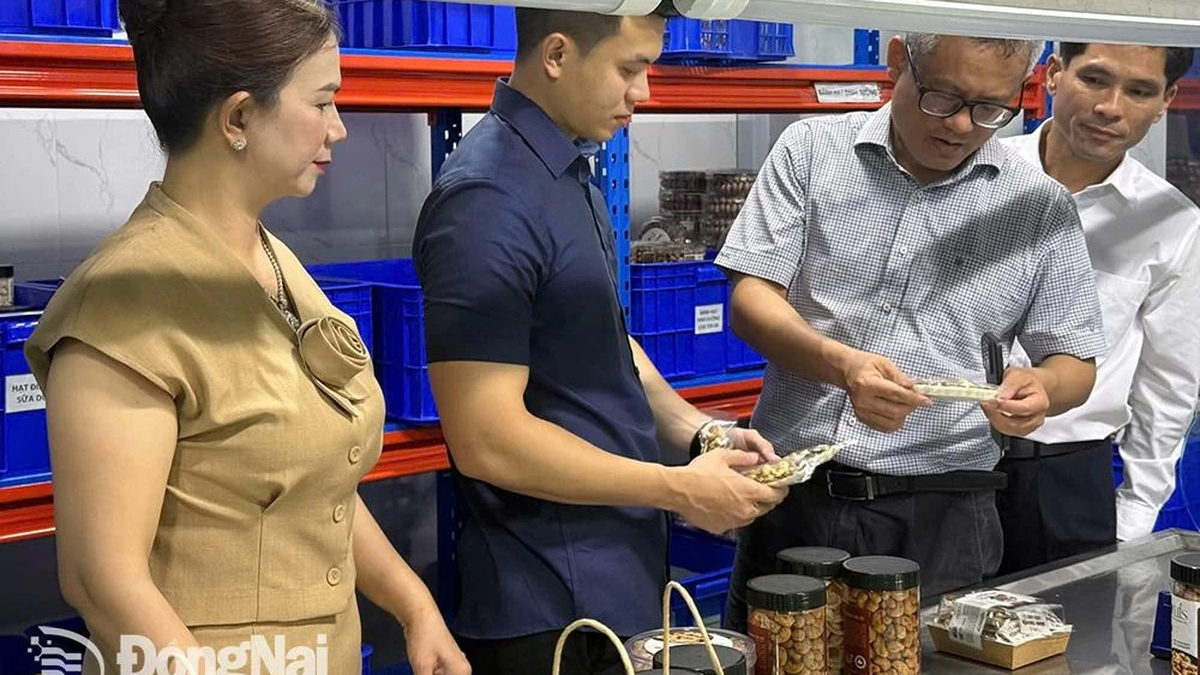
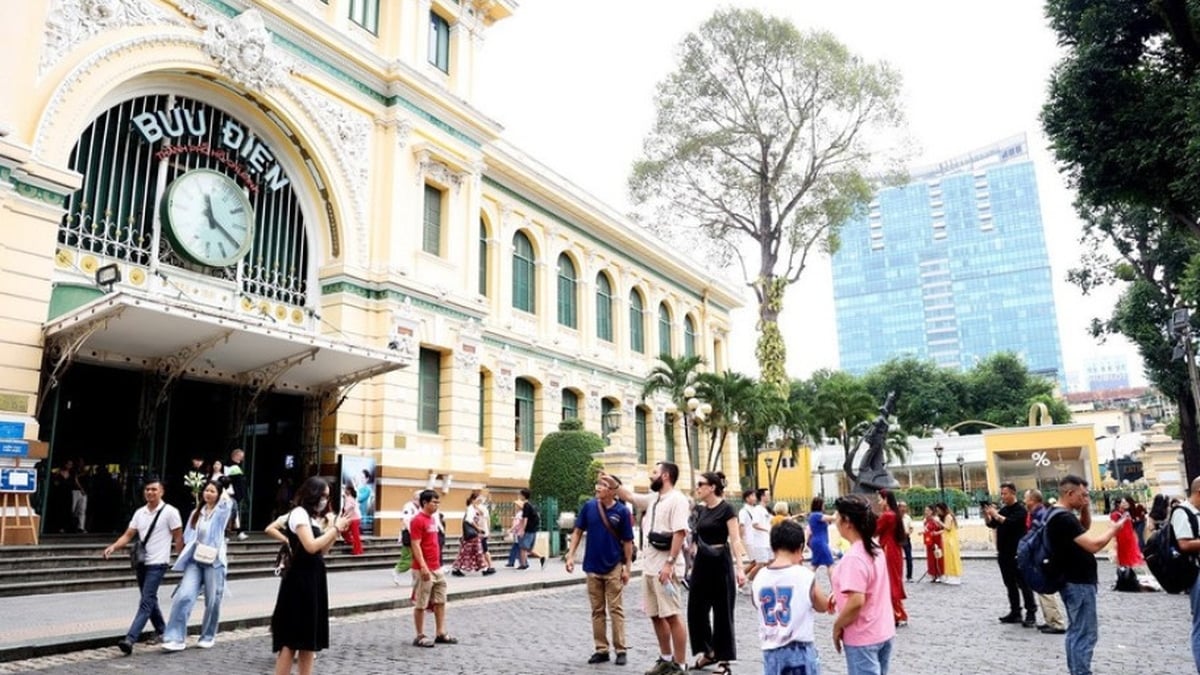
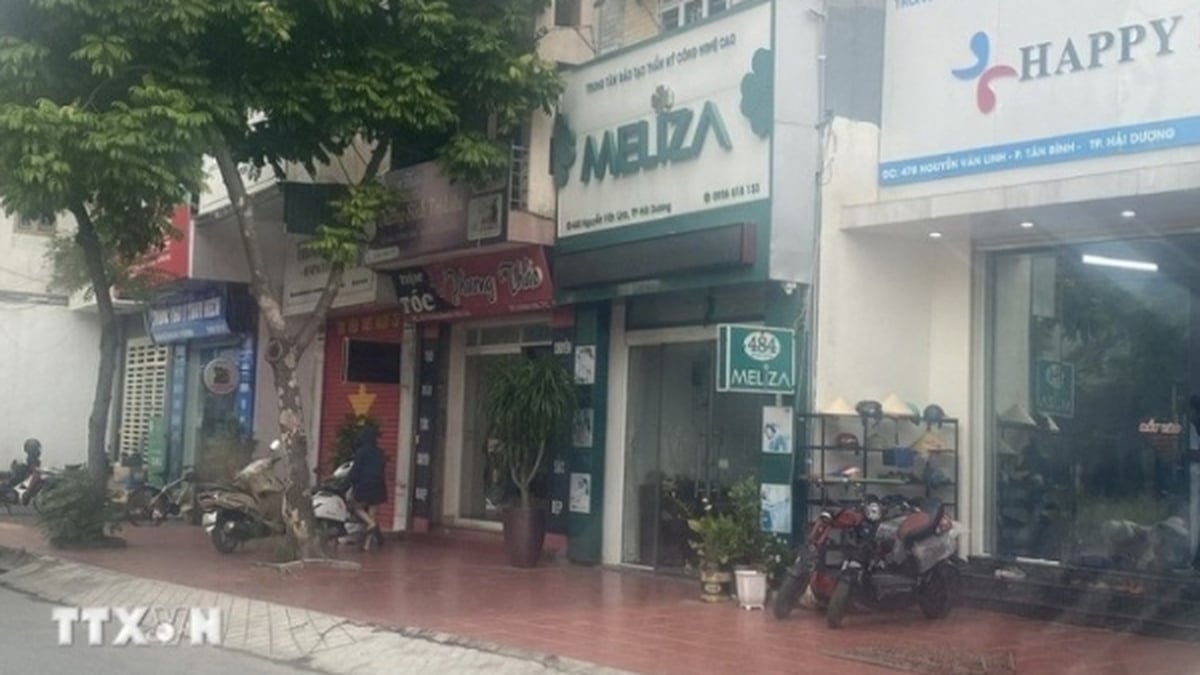







































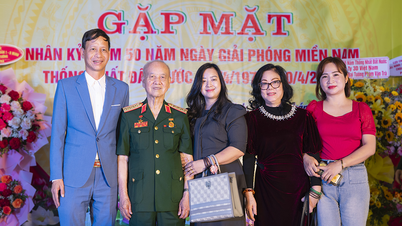






















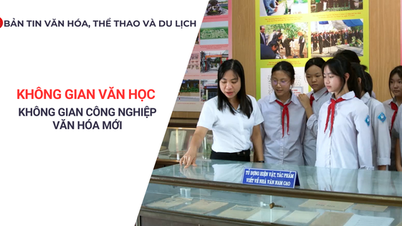

























Comment (0)